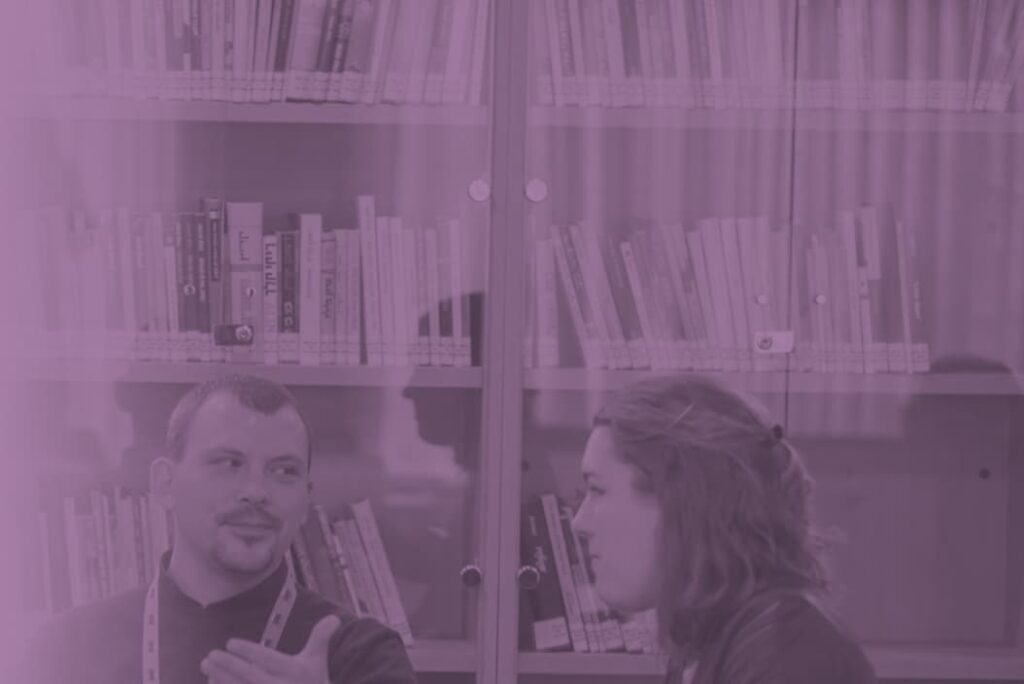Category: judaism
Find the latest news and information about JPII Center and initiatives in the field of interreligious dialogue run by JPII Leaders.
Nothing found.

Subscribe to Our Newsletter
Subscribe to receive updates about the JPII Center and upcoming Interreligious Dialogue events.
"*" indicates required fields

